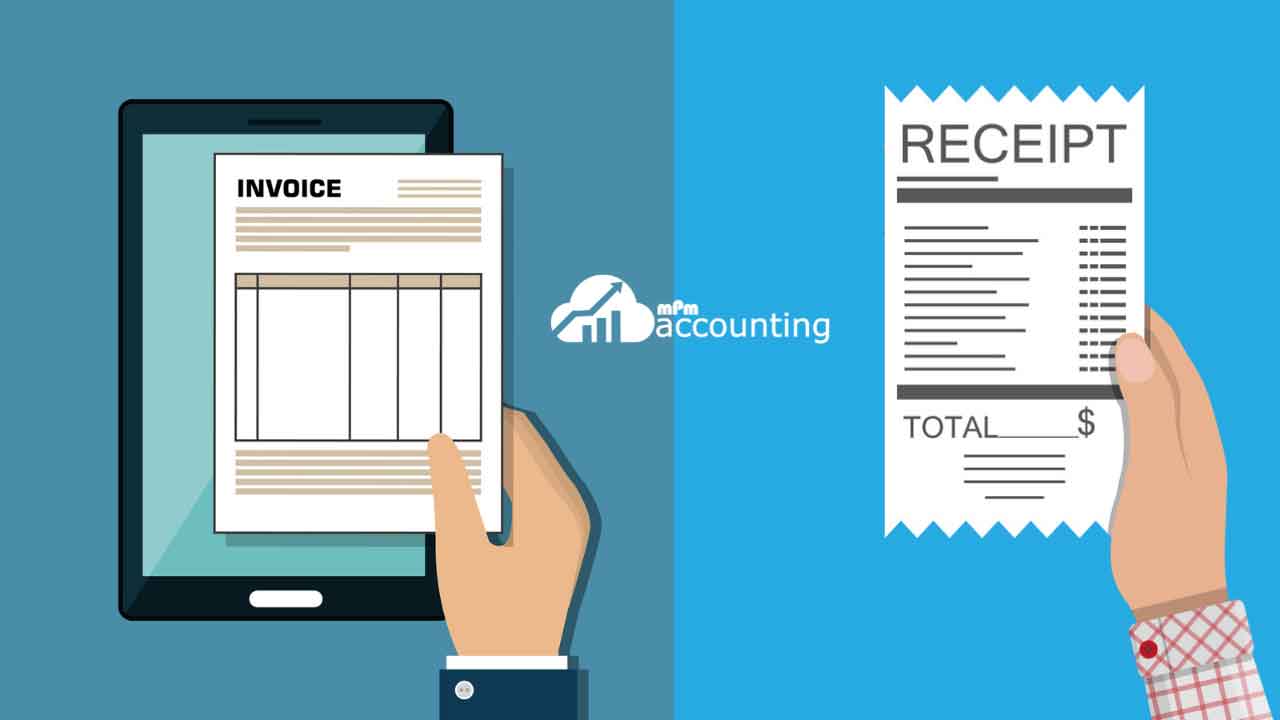All businesses and self-employed individuals engaged in selling goods and/or services are needed to register a primary sales document in the Bureau of Internal Revenue (BIR). This BIR registered primary sales document shall be issued to customers as proof of sales.
This BIR registered sales document requirement also applies to those engaged in sale or lease of properties.
Invoice and Receipt requirement prior to EOPT and RR 7-2024
Prior to the implementation of the new tax law, which is the Republic Act No. 11976 entitled Ease of Paying Taxes (EOPT) Act, and Revenue Regulation No. 7-2024, the BIR registered primary sales document requirement differs between seller of goods/properties versus seller of services and leasing of properties.
Previously, sellers of goods/properties are mandated to use invoice as the primary sales document while seller of services/leasing of properties are mandated to use official receipt as the primary sales document.
This applies to sales transactions prior to the effective date of EOPT and RR No. 7-2024 which is estimated to be effective starting April 27, 2024.
For sales transactions prior to April 27, 2024, you must follow the sales document requirements applicable for seller of goods/properties and seller of services/leasing of properties, as said above.
You may read more information in this article Difference Between a Sales Invoice and an Official Receipt click here.
New Invoice and Receipt requirement under EOPT
EOPT and RR 7-2024 changed the required document use for sales.
Invoice is now the only accepted primary sales document for both sellers of goods/properties and sellers of services/leasing of properties.
The invoice can be referred to as Sales Invoice, Commercial Invoice, Cash Invoice, Charge or Credit Invoice, Service Invoice, Miscellaneous Invoice. (Important Update: Per RR 11-2024, Billing Invoice is also included)
There are two categories of invoice:
A. VAT Invoice
It is the evidence of sales for VAT registered taxpayers.
It shall be issued to customer upon sale transactions whether in cash or on credit.
It will be the basis of sales and output VAT of the seller. While it is the basis of expenses and input VAT claim of the buyer.
B. Non-VAT Invoice
It is the evidence of sales for non-VAT registered taxpayers.
It shall be issued to customer upon sale transactions whether in cash or on credit.
It will be the basis of sales and percentage tax liability of the seller, if not availing 8% flat income tax rate.
The official receipt will no longer be considered and used as primary sales document. It will now be considered as a supplementary document.
For those who previously have a registered Official Receipt as their primary sales document prior to effective date EOPT, such as the seller of services/leasing of properties, should either change their official receipt and apply for an invoice in BIR, or they can use the official receipt as invoice until December 31, 2024. And if they do so, they must follow the requirements said in RR 7-2024.
You may read details of this requirement in this article: How to Register Invoice per RR 7-2024?
6 Differences Between an Invoice and Receipt under EOPT
Here are the six of main differences between an invoice and a receipt upon effective date of EOPT and RR 7-2024:
1) Primary and Supplementary Document
As mentioned earlier, invoice, such as Sales Invoice, Commercial Invoice, Cash Invoice, Charge or Credit Invoice, Service Invoice, Miscellaneous Invoice and Billing Invoice (Per RR 11-2024), is now considered the primary sales document.
Receipts, such as an official receipt, collection receipt, acknowledgement receipt and delivery receipt, are considered supplementary documents.
2) Mandatory and Optional
Since Invoice is considered primary sales document, all registered taxpayer engaged in doing business or self-employment must register an invoice with the BIR and issue such to customer whenever there’s a sale.
Receipt is not mandatory but optional. If receipt will be use in the course of business of the taxpayer, then they must register it as supplementary document in the BIR.
3) Proof of Sales and Proof of Collection
As primary sales document, invoice is now the only accepted written evidence of sales.
Receipt, as a supplementary document, is a proof of collection or source of accounting entries. But it’s no longer accepted as proof of sales.
4) Recognition of Sales and Output VAT
Once invoice is issued, regardless of whether it is paid in cash or on credit, the invoice amount will be recorded as sales at the invoice date.
At the same time, if vat registered, the equivalent output vat is also recorded and reported at the invoice date.
On the other hand, when receipt is issued, the amount received is recorded as cash collection or collection of receivable. It is not recorded as sales. There’s also no output vat recognized.
5) Document Valid as Deductible Expense
Invoice, as primary document, is a valid source document as proof of tax deductible expense.
Receipt, on the other hand, is not valid source document as deductible expense.
6) Document Valid for claim of Input VAT
Last but not the least, invoice is valid source document for claiming of input vat by the buyer.
While receipt is no longer valid document for claiming input vat.
You just learned the difference between an Invoice and a Receipt under the new tax law of EOPT and RR 7-2024.
I hope you learned from reading this article. Feel free to leave a comment and share this article to someone who can receive help from it.
If you want to save cost in hiring an accountant or bookkeeper, and you want to spend more time on more important tasks that can help grow your business or self-employment, you may automate your accounting and tax filing with MPM Accounting Software.


[…] Difference Between Invoice and Receipt […]